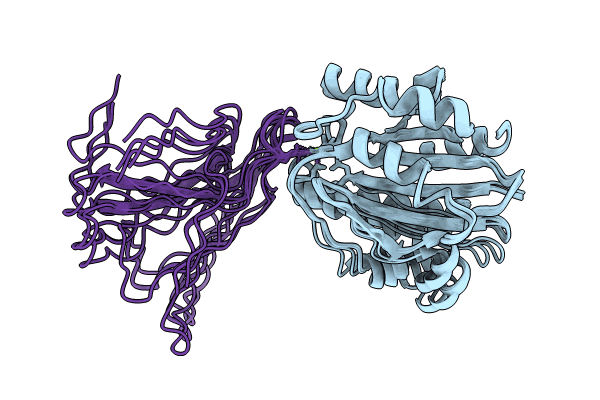
Deposition Date
2024-01-15
Release Date
2024-05-15
Last Version Date
2025-05-28
Entry Detail
PDB ID:
8VOI
Keywords:
Title:
HADDOCK models of active human alphaM I-domain bound to the the C-terminal domain of the cytokine pleiotrophin
Biological Source:
Source Organism:
Homo sapiens (Taxon ID: 9606)
Host Organism:
Method Details:
Experimental Method:
Conformers Calculated:
200
Conformers Submitted:
10
Selection Criteria:
target function


